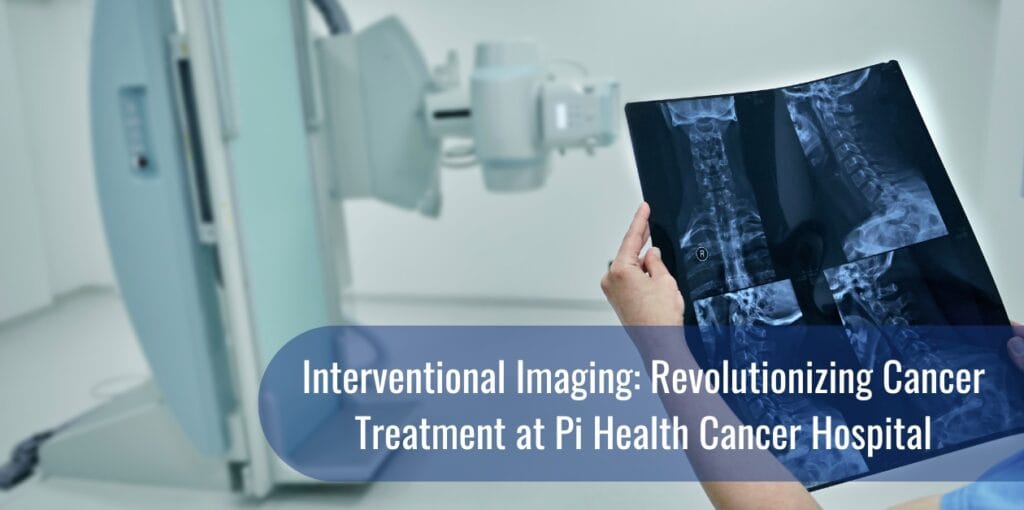The Role of X-Rays in Diagnosing Lung Cancer: A Comprehensive Guide

Lung cancer is one of the most common and serious types of cancer worldwide. Early detection is crucial for improving survival rates, and one of the primary tools used in the initial diagnosis is the chest X-ray. This blog will delve into how X-rays are used to detect lung cancer, their limitations, and the complementary diagnostic methods that enhance accuracy.
What is a Chest X-Ray?
A chest X-ray is a non-invasive imaging test that uses a small amount of radiation to produce images of the organs and structures inside the chest, including the lungs, heart, and bones. It is often one of the first tests ordered when lung cancer is suspected because it is quick, widely available, and relatively inexpensive.
How X-Rays Detect Lung Cancer
On an X-ray, lung cancer may appear as a white or gray mass against the black background of the lungs. This contrast occurs because the dense tissue of a tumor absorbs more radiation than the surrounding lung tissue, making it visible on the X-ray. However, the effectiveness of X-rays in detecting lung cancer depends on several factors, including the size and location of the tumor.
Limitations of Chest X-Rays
While chest X-rays can be useful, they have significant limitations in detecting lung cancer, especially in its early stages. Here are some key limitations:
- Low Resolution: X-rays produce two-dimensional images that can miss small or subtle abnormalities. Tumors smaller than 1.5 cm are often not visible.
- Obscured Images: Bones and other structures can obscure tumors, making them difficult to detect. Additionally, conditions like pneumonia or tuberculosis can mask the presence of cancer.
- False Negatives: It’s not uncommon for lung cancer to be missed on an X-ray, especially if the tumor is located in a part of the lung that is difficult to image, such as the upper lobes.
- Non-Specific Findings: An X-ray can show abnormalities, but it cannot definitively distinguish between cancerous and non-cancerous conditions. Further testing is often required to confirm a diagnosis.
Other Diagnostic Methods
Given the limitations of chest X-rays, other imaging tests and procedures are often used to diagnose lung cancer more accurately:
- CT Scans: Computed tomography (CT) scans provide more detailed images and can detect smaller tumors that X-rays might miss. CT scans use a series of X-ray images taken from different angles to create cross-sectional images of the body.
- PET Scans: Positron emission tomography (PET) scans can help determine if the cancer has spread to other parts of the body. PET scans use a small amount of radioactive material to highlight areas of high metabolic activity, which is common in cancer cells.
- Biopsies: A biopsy involves taking a sample of lung tissue and examining it under a microscope to confirm the presence of cancer cells. This can be done through various methods, including needle biopsy, bronchoscopy, or surgical biopsy.
- Bronchoscopy: During a bronchoscopy, a thin tube with a camera is inserted into the airways to look directly at the lungs and take tissue samples. This procedure can help diagnose lung cancer and determine its extent.
The Importance of Early Detection
Early detection of lung cancer significantly improves the chances of successful treatment. Symptoms of lung cancer can be vague and easily mistaken for other conditions, which is why screening and early diagnostic tests are crucial. Common symptoms include a persistent cough, chest pain, shortness of breath, and unexplained weight loss.
Advances in Imaging Technology
Recent advances in imaging technology have improved the accuracy of lung cancer diagnosis. Low-dose CT (LDCT) scans, for example, have been shown to reduce lung cancer mortality by detecting the disease at an earlier, more treatable stage. LDCT scans use lower amounts of radiation compared to standard CT scans, making them safer for regular screening
Conclusion
While chest X-rays are a valuable tool in the initial detection of lung cancer, they have significant limitations and are often supplemented with more advanced imaging techniques and procedures. Early detection through comprehensive screening is essential for improving the prognosis of lung cancer patients. If you have symptoms or are at high risk for lung cancer, talk to your healthcare provider about the best screening options for you.
By understanding the role of X-rays and other diagnostic methods, patients and healthcare providers can work together to ensure timely and accurate diagnosis, leading to better outcomes and improved survival rates.
